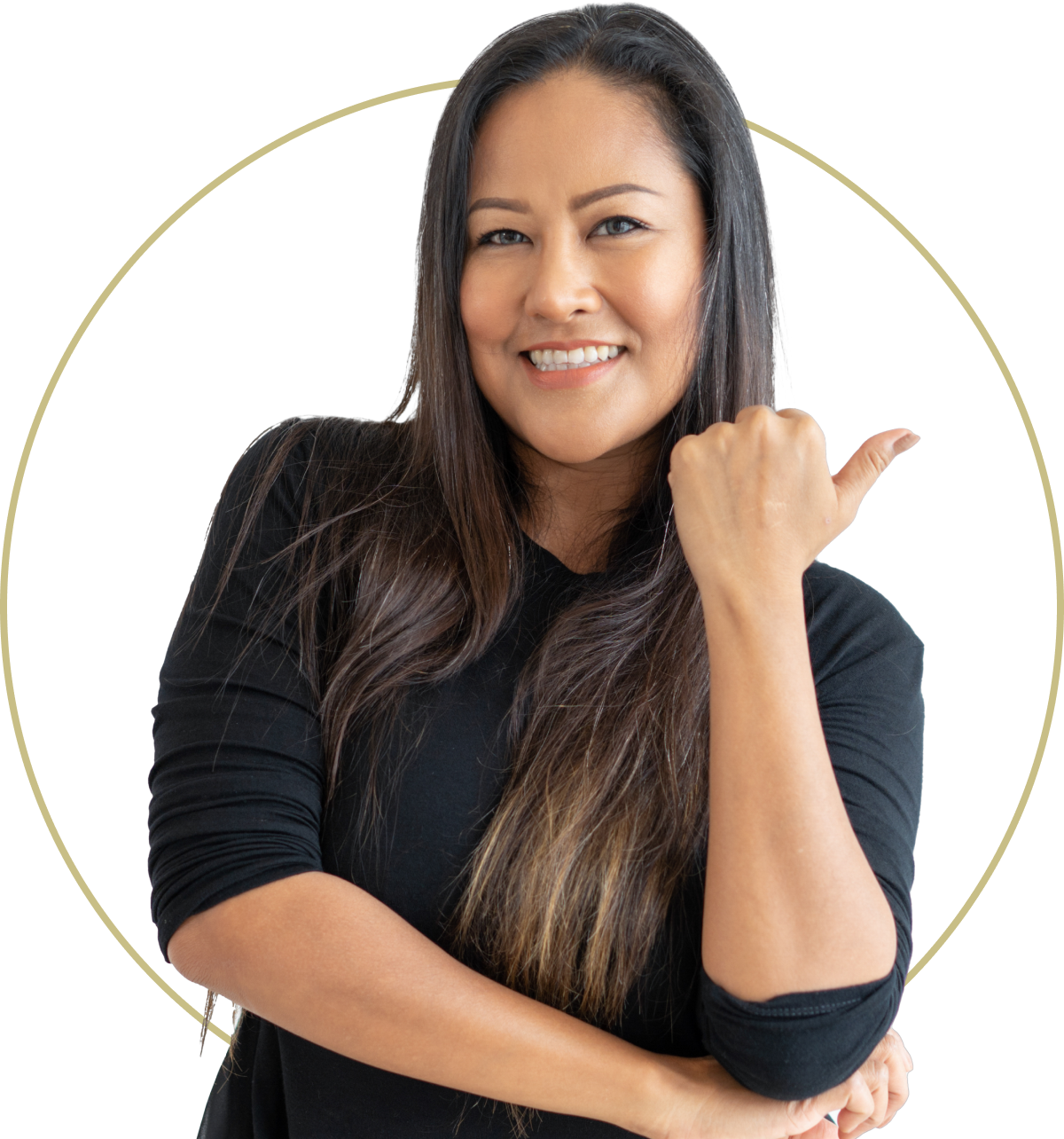menopause and wrinkles
By Andrea Donsky | Fact Checked | Sources
When women reach menopause, hot flashes and night sweats are often foremost in their minds. However, a variety of skin changes also are often on the menu, and among them is the increased appearance of wrinkles.
Here’s the deal: as your estrogen levels drop, your skin can become thin, dry, and less elastic. These features, along with environmental impacts, both current and in the past, are a recipe for the development of wrinkles. Face it (no pun intended): wrinkles and menopause are a likely duo.
Why wrinkles and menopause?
Several factors are involved in the development of wrinkles during menopause. One is the decline in collagen, the most abundant protein in the human body, and the one that is constantly forming skin. As we age, however, collagen production drops off. In fact, women’s skin loses about one-third of its collagen during the first five years of menopause. Thereafter, the decline is about 2 percent yearly for the next 20 years.
Read about how to incorporate collagen into your daily routine
As collagen levels decline, the skin begins to lose firmness, permanent lines appear near the corners of the mouth, and wrinkles that once were called smile lines are now around all the time. Menopausal skin also loses some ability to retain water, so the skin gets drier.
Menopausal skin also loses its elastic fibers and glycosaminoglycans. Since these substances make your skin plump and elastic, their loss contributes to facial wrinkles and creases.
Read about 9 best supplements for your skin
How to beat wrinkles in menopause
You can take a variety of natural actions to help ward off wrinkles in menopause. Actually, anytime is the best time to start trying to avoid wrinkles, so the following tips are recommended for all women.
- Use a mild cleanser. Especially as you get older, soap can dry out the skin. Use a mild natural cleanser and stay away from deodorant bar.
- Use a natural moisturizer. After a bath or shower and throughout the day, use a moisturizer that contains hyaluronic acid or glycerin.
-
Eat foods that support collagen production. Certain foods and nutrients can help your body make collagen. These include:
-
Chlorophyll (dark green vegetables), which boosts the amount of procollagen in the skin, which is the precursor to collagenCollagen, in the form of bone broth
- Copper, which is necessary for the body to produce collagen. It’s found in leafy greens, seeds, nuts, and shiitake mushrooms
- Vitamin A, which helps repair and restore collagen in the skin. Apricots, carrots, cantaloupe, mangos, squash, and sweet potatoes are great sources.
- Vitamin C, found in berries, citrus, kiwi, leafy greens, and tomatoes. This vitamin supports collagen production on several levels
- Vitamin E, which works with vitamin C to boost collagen production. Include almonds, avocadoes, broccoli, and sunflower seeds in your diet.
- Zinc, which stimulates collagen production. You can find zinc in nuts (especially cashews, beans, crab, pumpkin seeds, and oysters.
-
- Consider collagen supplements. These supplements stimulate the formation of elastin (gives skin elasticity) and hyaluronic acid (keeps skin hydrated). Look for a supplement that also contains vitamin C, because it helps the body use glycine and proline (two amino acids) that help make collagen.
- Use sunscreen. Apply a natural sunscreen with an SPF of 30. Use a product that contains zinc oxide but be sure to avoid parabens, vitamin A, avobenzone, oxybenzone, and fragrances, all of which are unfriendly to aging skin.
when to see a health provider
If you are not satisfied by the results of any of the natural ways to manage fine lines and wrinkles, you can consult with a licensed dermatologist to discuss other possible options. Botox injections, collagen injections, microdermabrasion, and various chemical peels can help reduce the appearance of fine lines and wrinkles. Do not attempt to do these procedures on your own.
bottom line
Wrinkles and menopause may go hand in hand for many women, but you can take steps to minimize their appearance. A few lifestyle adjustments can go a long way toward keeping your skin healthy and managing fine lines and wrinkles.




